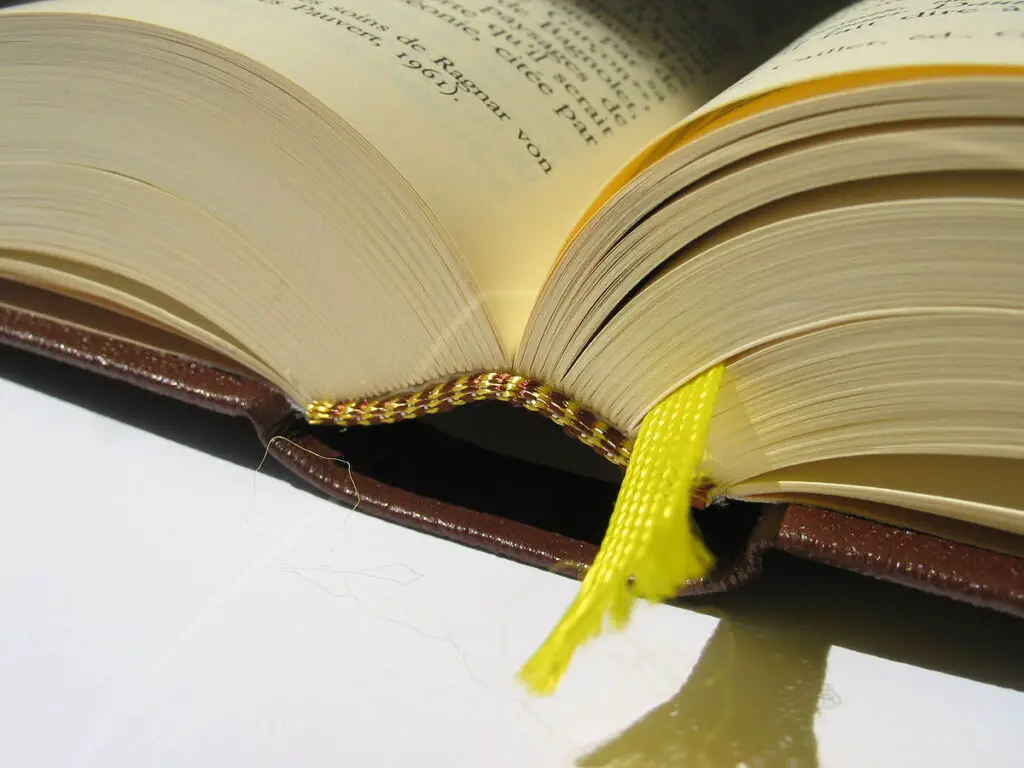



Have you ever wondered why Bible paper is so thin?
Many people have noticed how thin and delicate the pages of the Bible are. It's almost as if they could tear at the slightest touch. But have you ever stopped to think why that is?
To understand why Bible paper is so thin, we need to look at its history.
The first printed Bibles were produced in the 15th century, and they were printed on parchment or vellum, which are animal skins. These materials were expensive and time-consuming to produce, so they were reserved for the most important texts, such as religious texts like the Bible.
However, as printing technology advanced, it became possible to print on paper. This was a much cheaper and more efficient way to produce books, including the Bible. But paper was also much thinner than parchment or vellum, so the pages of the Bible had to be made thinner to accommodate the new printing technology.
While thin Bible paper may seem like a drawback, there are actually several benefits to using this type of paper.
While there are benefits to using thin Bible paper, there are also some challenges that come with this type of paper.
So how is thin Bible paper made?
Thin paper is typically made from a blend of wood pulp and other fibers. The fibers are beaten together to create a pulp, which is then spread out over a wire mesh to form a sheet of paper. The sheet is then pressed and dried to remove any excess water and create a thin, flat sheet of paper.
However, not all thin paper is created equal. The quality of the paper can vary depending on the type of fibers used, the manufacturing process, and other factors. High-quality thin paper can have a smooth, even texture and can be more durable than lower-quality paper.
So there you have it - the reason why Bible paper is so thin is due to the history of printing technology and the benefits of using thin paper. While there are challenges that come with using thin paper, such as fragility and show-through, the benefits of portability, cost, and efficiency make it a popular choice for printing the Bible and other books.
And next time you handle a Bible, you can appreciate the delicate beauty of the thin pages and the history and technology behind them.
Related Posts